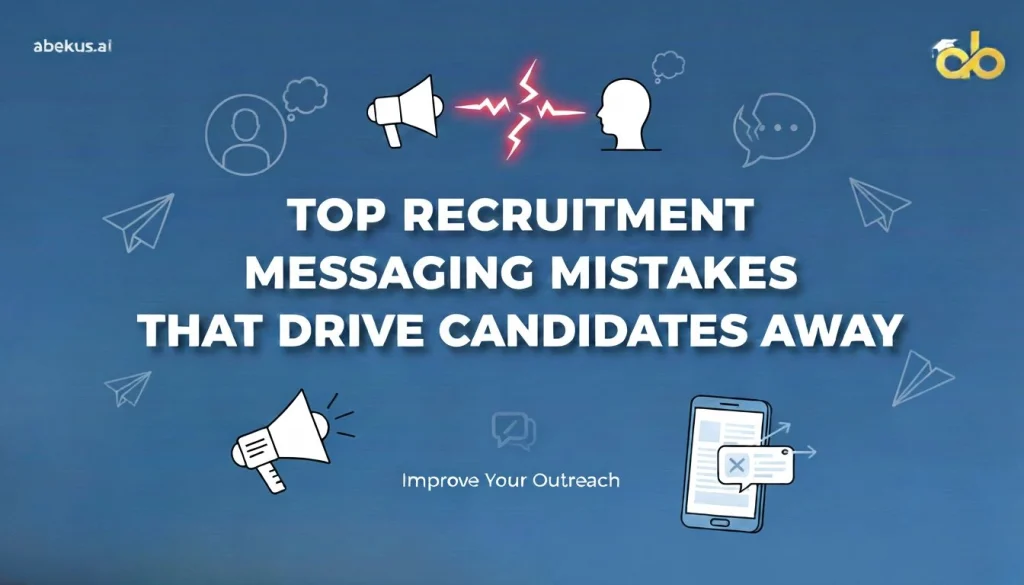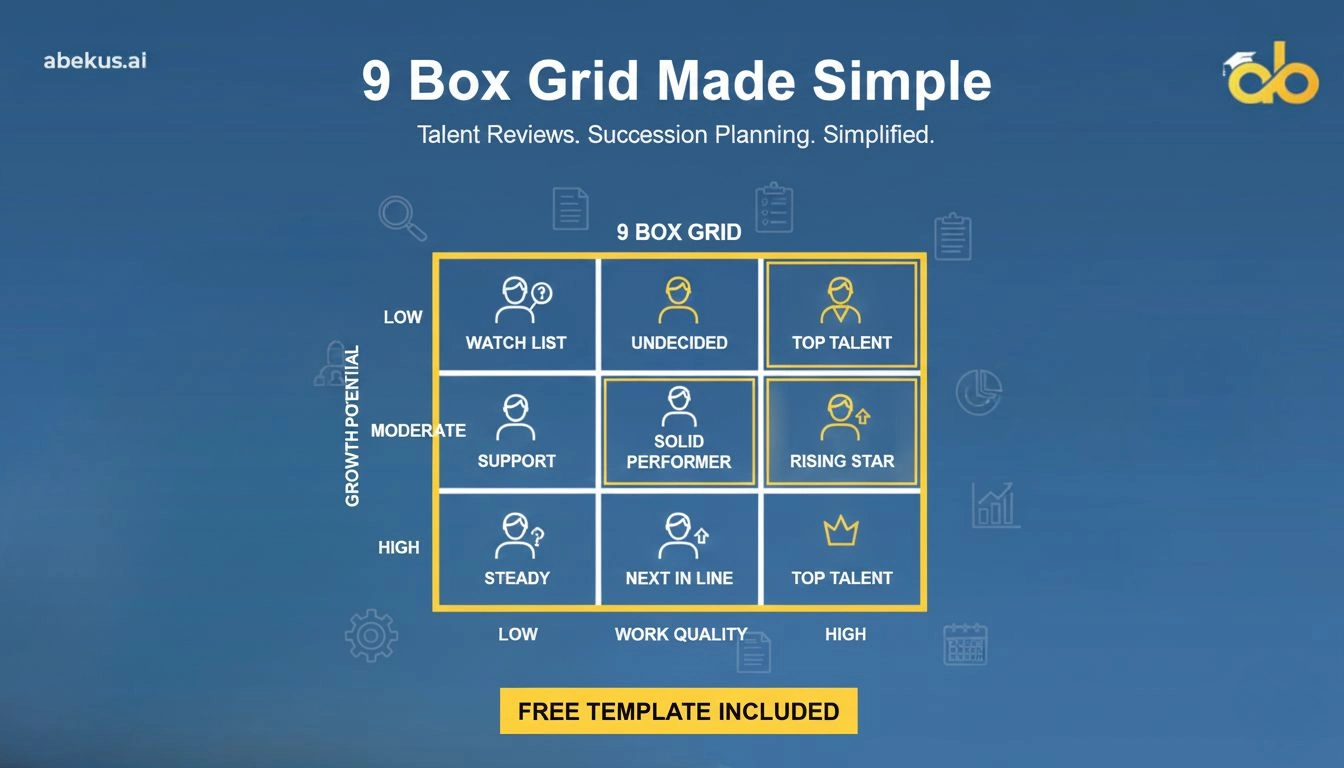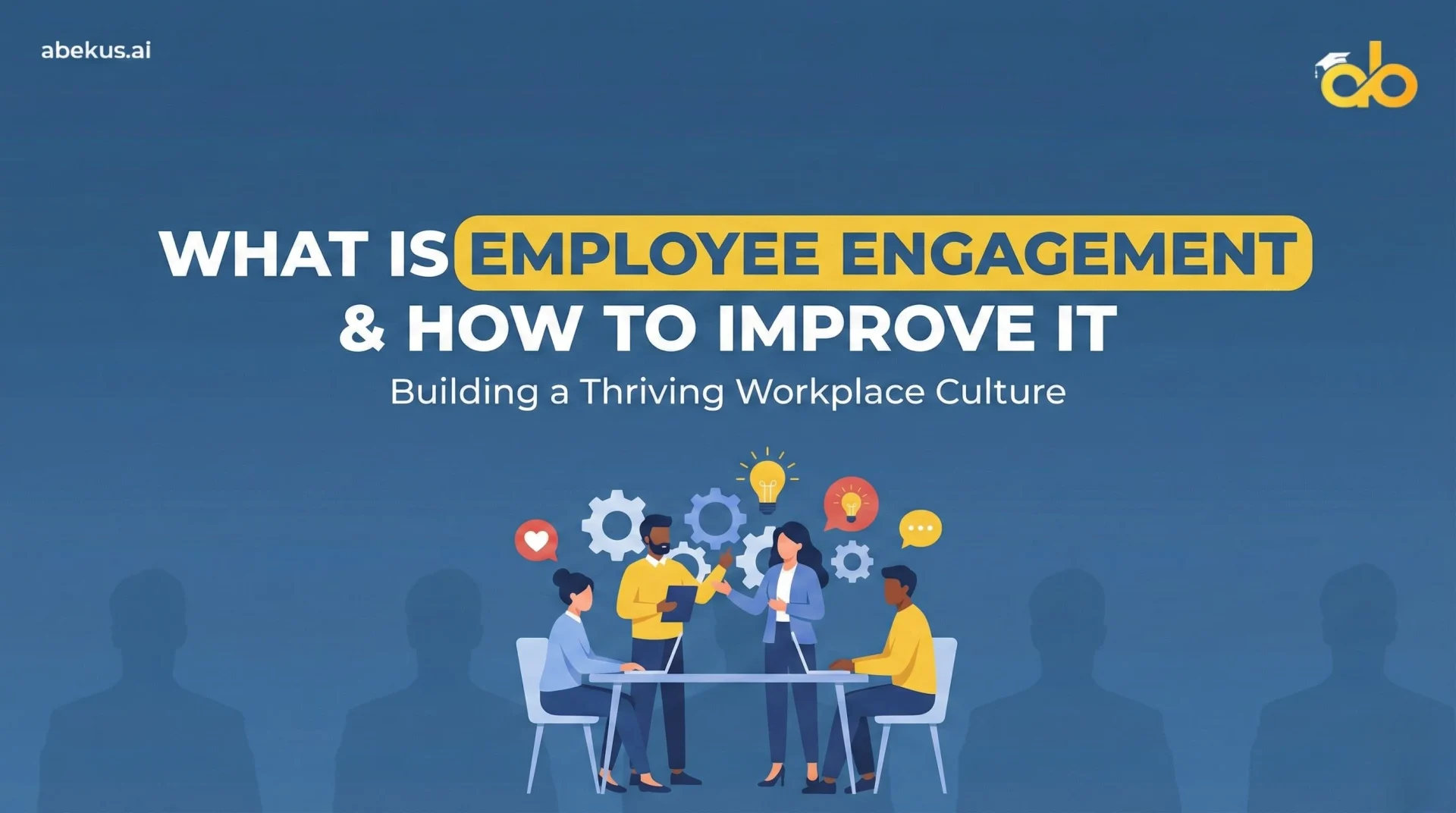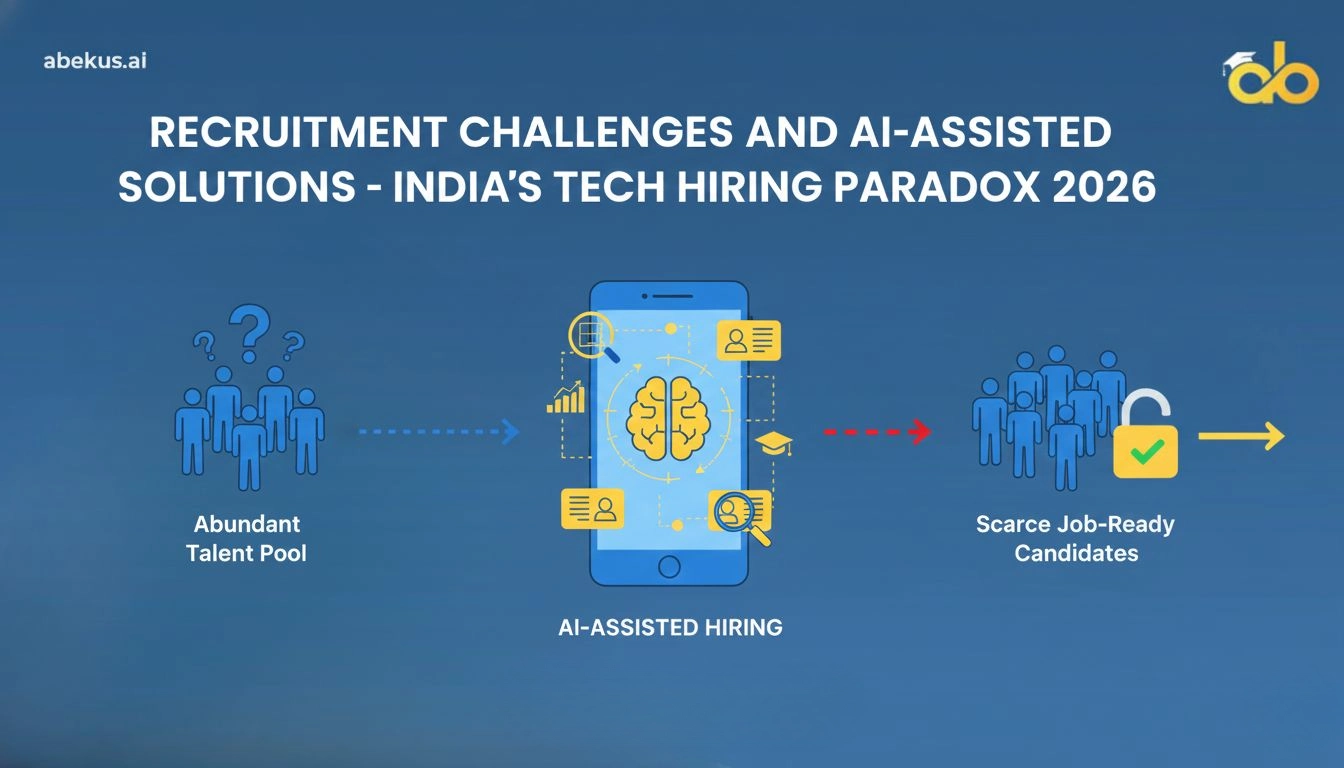In the age of LinkedIn inbox overload and instant judgments, the first message a recruiter sends can either open a door or close it for good. A poorly timed or impersonal message can quickly turn a potential candidate into a permanent pass, and many companies do not realize that weak recruiter messages seriously damage how talent views their brand
The numbers tell the story: 43% of candidates do not always open recruiter emails. But text messages work better. Companies using SMS are four times more likely to get a reply within two minutes and report a 48% improvement in candidate experience.
When competition for talent is already fierce, recruitment messaging mistakes can quietly sabotage your entire hiring strategy. This guide outlines the most common pitfalls in recruitment communication and, more importantly, how to fix recruitment messaging to connect better, sound more human, and ultimately win top talent.
1. What Is Recruitment Messaging?
Recruitment messaging refers to all written communication used to reach out to candidates during the hiring process. It is your digital first handshake, and it sets the tone for everything that follows.
Types of Recruitment Messages
Effective recruitment communication spans multiple channels:Email outreach : Traditional but still effective when done right
- LinkedIn InMails : Direct access to passive candidates
- SMS and text messages : Highest response rates for quick touchpoints
- Job postings : Often the first brand impression
- Career site descriptions : Long-form opportunity to sell your culture
- Social media replies : Increasingly important for employer branding
Why Recruitment Messaging Matters More Than Ever
Today’s professionals are selective. They know their value, and they notice lazy outreach. The best candidates will not just skim a message. They will analyze its intent, tone, and relevance. If your recruitment outreach feels too formal, too vague, or too copy-paste, it is likely to be ignored. Effective messaging respects time and shows clarity. It communicates what candidates actually care about:
- Role responsibilities and day-to-day work
- Company culture and team dynamics
- Salary range and compensation
- Career development opportunities
- Work style and flexibility
4 Critical Recruitment Messaging Mistakes (And How to Fix Them)
Even experienced recruiters fall into these traps. Here is how to identify and correct the most damaging recruitment outreach errors.
Mistake #1: Sending Generic, Copy-Paste Messages
This is the most common, and perhaps most damaging, of all recruitment messaging mistakes. Recruiters under time pressure often blast a generic message to 50 people hoping someone replies.
Here is the truth: Candidates can spot a copy-paste job in two seconds.
Red Flag Phrases to Eliminate
These overused phrases have lost all meaning:
- “We came across your profile and thought you would be a great fit.”
- “I have an exciting opportunity I would love to discuss.”
- “Your background caught our attention.”
- “We are always looking for talented individuals like yourself.”
None of these explain why the candidate is a great fit. They do not reference experience, projects, or even job titles.
Why This Mistake Costs You Top Talent
High-performing professionals, especially in tech or senior roles, receive dozens of recruiter messages monthly. If one message sounds like it could have been written to anyone, they will assume the company did not make an effort and move on.
How to Fix Generic Messaging
Personalize every message: Reference specific work or skills. Mention their GitHub contributions, a recent blog post, or leadership at a local event.
Keep it short and transparent: Under 150 words is ideal.
Highlight what is in it for them: Be clear about the opportunity without overselling.
Example: Before vs. After
Generic (Ignore-worthy): “Hi, we came across your profile and thought you would be a great fit for an engineering role at our company. We are a fast-growing startup with great culture. Let me know if you are interested!”
✅ Personalized (Response-worthy): “Hi Priya, I read your ReactJS article on Medium. Great insights on state management. We are hiring a lead front-end engineer to mentor a team migrating from Vue to React. The role is hybrid (Bangalore), pays ₹35-45L, and reports directly to our CTO. Could we talk next week?”
This message respects her time and shows real interest in her work.
Mistake #2: Focusing on Company, Not the Candidate
Many outreach messages spend too much space talking about how wonderful the company is. They list awards, investors, office locations, and benefits, all before mentioning what the job actually entails.
Candidates do not care if the company doubled revenue last quarter if the message does not tell them what role they will play, what impact they will make, and how this fits their career path.
How to Fix Company-Centric Messaging
Flip the language: Lead with role responsibilities, team structure, and what the first 90 days look like.
Include real highlights: Salary range, work style, tools used, location flexibility, and growth opportunities.
This approach shows you respect their time and offer clarity from the start, which directly increases your response rate.
Mistake #3: Poor Timing and Message Fatigue
Timing matters more than most recruiters realize. Sending messages during holidays, on weekends, or after 10 PM local time makes outreach feel automated and poorly considered.
The Follow-Up Trap
Candidates get tired of repetitive outreach. They ignore the first message. Then a week later, they receive:
“Just checking in. Any thoughts?”
This does not add value. It simply adds pressure. Too many follow-ups without substance create fatigue and lower trust.
Optimal Timing for Recruitment Messages
Best days: Tuesday, Wednesday, Thursday
Best times: 10 AM to 2 PM (candidate’s local time)
Worst times: Weekends, late nights, holidays
How to Fix Timing and Follow-Up Issues
Use scheduling tools: Send messages during typical work hours in the candidate’s timezone.
Limit follow-ups: Maximum 1 to 2 well-spaced, value-added replies.
Add new information: Each follow-up should offer something new, such as additional role details, team updates, or relevant company news.
Know when to stop: If there is still no reply after two thoughtful follow-ups, send a polite closing message and move on.
Example: Value-Added Follow-Up
Pressure-Based:
“Just following up on my last message. Would love to connect!”
✅ Value-Added:
“Hi Priya, quick update. We just opened a second lead engineer role focused on mobile. Given your React Native experience, thought this might be an even better fit. Happy to share details if interested.”
Remember: Respect earns replies. Pressure earns silence.
Mistake #4: Ignoring Tone and Formatting
A message can say all the right things and still be ignored because of how it is said. Tone and formatting affect readability more than most recruiters realize.
Formatting Mistakes That Kill Response Rates
Many messages are poorly structured with giant blocks of text, no spacing, and technical jargon everywhere. Even if the job is great, poor structure causes immediate drop-off.
Example of poor formatting:
“Hi I wanted to reach out about an opportunity at our company we are a Series B startup in the fintech space backed by top VCs and we are looking for a senior engineer to join our platform team you would be working on microservices architecture and helping us scale our payment processing system let me know if you are interested in learning more about this role.”
The same message, properly formatted:
“Hi [Name],
Quick note about a senior engineer role at [Company]:
The role: Platform team, microservices architecture, payment processing at scale
The company: Series B fintech, backed by [Notable VC]
Why you: Your distributed systems work at [Previous Company] caught our attention
Worth a 15-minute call this week?”
How to Fix Tone and Formatting
Find the right tone: Conversational but professional. Think of how you would talk to someone at a networking event: friendly, clear, and respectful.
Structure for scanning:
- Short paragraphs (2 to 3 sentences max)
- Bullet points for key details
- Bold text for important information
- White space between sections
Avoid jargon: Skip acronyms and internal lingo. Keep it simple and clear.
Proofread everything: Typos in a first message make the whole company look careless. Always run a quick grammar and spell check.
Good structure invites a reply. Poor structure sends your message straight to archive.
Why Recruitment Messaging Mistakes Cost More Than You Think
Recruitment is not just about offering a job. It is about creating a connection. Today’s top professionals are discerning. They judge how a company communicates, especially in those first recruiter messages.
The Hidden Costs of Poor Messaging
Missed candidates: Your ideal hire ignores your message and accepts a competitor’s offer.
Brand damage: Candidates remember recruiters who did not respect their time. They tell peers. They post on Glassdoor and Blind.
Longer time-to-hire: Poor response rates mean more outreach volume, more time spent, and slower hiring cycles.
Lower quality hires: When top candidates opt out, you are left choosing from a smaller, less qualified pool.
The Competitive Advantage of Great Messaging
Everyone is hiring. But not everyone is communicating well.
Thoughtful, relevant outreach builds trust. It shows the company values people and values how it interacts with them. This is especially true for competitive roles in tech, design, leadership, and healthcare.
Fixing this does not require massive changes. It requires better awareness and attention to tone, timing, and clarity.
Recruitment Messaging Best Practices: Quick Reference Guide
Here are actionable ways to improve your candidate outreach immediately:
The 5 Rules of Effective Recruitment Messaging
- Personalize every message : Reference something specific about the candidate’s work, background, or interests
- Speak to the candidate, not about your company : Lead with “You will…” not “We are…”
- Be concise : Aim for 100 to 150 words maximum in initial outreach
- Structure for readability : Short paragraphs, bullets, and strategic bold text
- Follow up smartly : Add value each time; never just “checking in”
Building a Recruitment Message Template Library
For large teams, create a shared folder with messages that have worked in the past. Use them as templates, not scripts.
What to include in your template library:
- Role-specific openers (engineering, design, sales, etc.)
- Personalization prompts (reminders to customize)
- Proven subject lines with open rate data
- Follow-up sequences with timing guidelines
- Closing messages for unresponsive candidates
Important: Every template should have clear [BRACKETS] indicating where personalization is required. Never send a template without customizing these sections.
Conclusion: Better Messages Mean Better Hires
Recruitment messaging is not just a formality. It is a first impression, a pitch, and a trust-building moment all rolled into one. In crowded inboxes, only messages that show real interest and respect get noticed.
Avoiding recruitment messaging mistakes does not require guesswork. It calls for better attention to three things:
- Content : What you say and how relevant it is
- Timing : When you reach out and how you follow up
- Tone : How your message sounds and feels to read
Teams that invest in improving their outreach will always have an edge in hiring.
Ready to improve your recruitment results? Abekus helps you connect with qualified candidates and get responses on your hiring posts faster. Better communication leads to better hires. Simple as that.
FAQs
1. What is recruitment messaging?
Recruitment messaging refers to the communication recruiters send to potential candidates to share job opportunities and information about the company. This includes emails, LinkedIn messages, text messages, and job post descriptions. Effective recruitment messaging is personalized, concise, and clearly communicates what is in it for the candidate.
2. Why do candidates ignore recruiter messages?
Candidates often ignore recruiter messages when they feel too generic, are sent at the wrong time, or do not relate to their background or skills. The most common reasons for being ignored include copy-paste messaging, lack of personalization, missing salary information, and poor timing. If a message does not feel relevant or clearly beneficial, it usually gets skipped.
3. How long should a recruitment message be?
A good recruitment message should be 100 to 150 words. It is important to keep it short, easy to read, and to the point. Candidates are more likely to respond when messages quickly highlight what the job is, what value the opportunity offers, and why they specifically are being contacted.
Research shows that messages under 150 words have significantly higher response rates than longer outreach.
4. How do I personalize a recruitment message?
To personalize a message effectively:
- Check their LinkedIn for recent posts, job history, and accomplishments
- Review their portfolio or GitHub for specific projects
- Reference recent work like articles, talks, or open-source contributions
- Mention mutual connections if applicable
- Acknowledge their specific skills that match the role
Mentioning something specific shows genuine interest and dramatically increases response rates.
5. Should I use templates for recruitment outreach?
Templates can be a great starting point, but they should never be used word-for-word. Every candidate deserves a message that feels personal and relevant.
Best practice: Create templates with clear [BRACKETS] indicating required personalization. Train recruiters to customize at least 2 to 3 specific elements before sending any message.
6. What is the best time to send recruitment messages?
Optimal timing:
- Days: Tuesday, Wednesday, Thursday
- Time: 10 AM to 2 PM in the candidate’s local timezone
- Avoid: Weekends, late nights, and holidays
Using scheduling tools helps ensure your messages arrive at optimal times regardless of when you write them.
7. How many follow-ups should I send?
Limit follow-ups to 2 to 3 maximum, spaced at least 5 to 7 days apart. Each follow-up should add new value, such as additional role details, company updates, or alternative opportunities. Never send “just checking in” messages that add pressure without providing new information.
After 2 to 3 attempts with no response, send a brief, polite closing message and move on.






